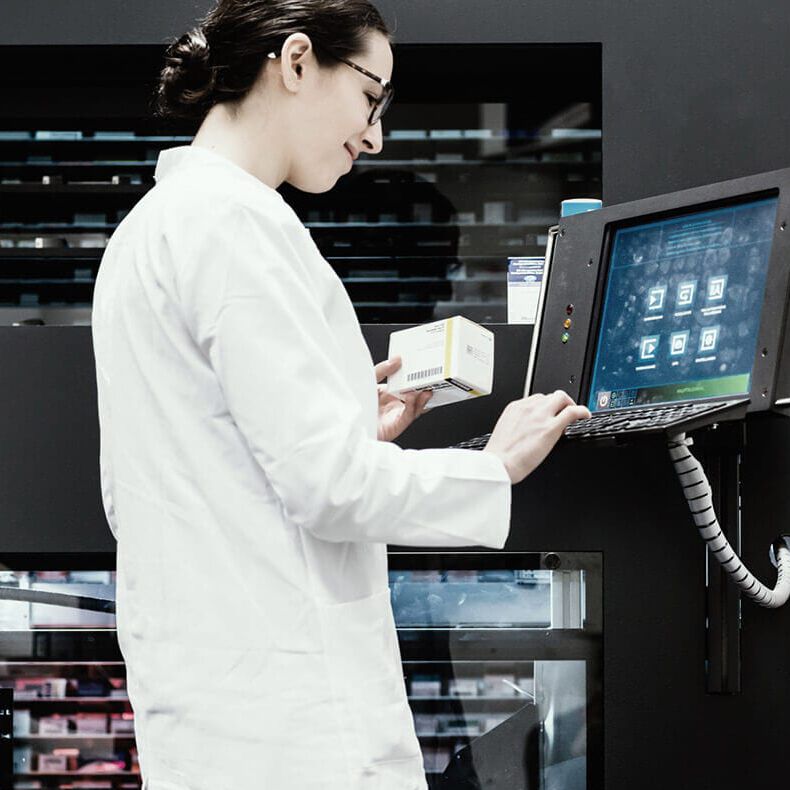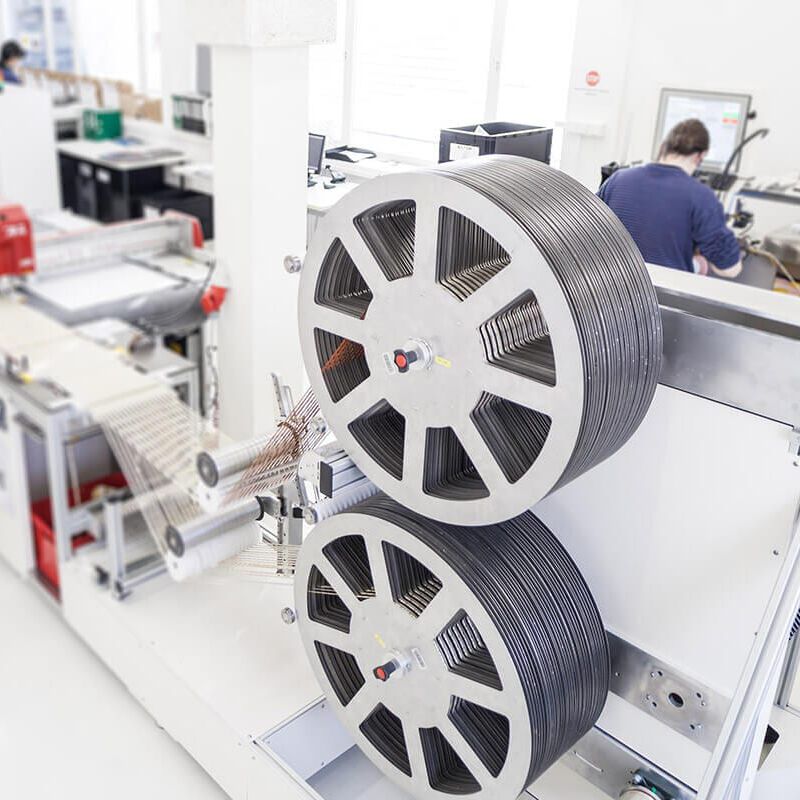MedTech companies need to rethink their role in the market and their operating models to adapt to the most important trends! The turning point of the highly regulated MedTech industry is the successful integration of digital technologies (AI - Artificial Intelligence, VR - Virtual Reality, AR - Augmented Reality, DT - Digital Twin). The ability to securely share and embed data into clinical processes will be the must-have. This will be enabled by smart machines, software and data streams, connectivity and platforms, and continuous cybersecurity assurance. The advancing connectivity of devices not only enables new capabilities, but also new business models. In this context, the convergence of IT (data management systems) and OT (operational technology) still raises major questions. The next few years will show which provider will act as an integrator and be the preferred partner for hospitals.
We accompany you in changing, adapting the ecosystem, defining new processes methods, adapting the business model and establishing new sales models.
Our Services:



![[Translate to English:] ROI Case Studie - Digital Twin](/fileadmin/_processed_/6/1/csm_roi-casestudy-digital-twin_3c8c268a58.jpg)





